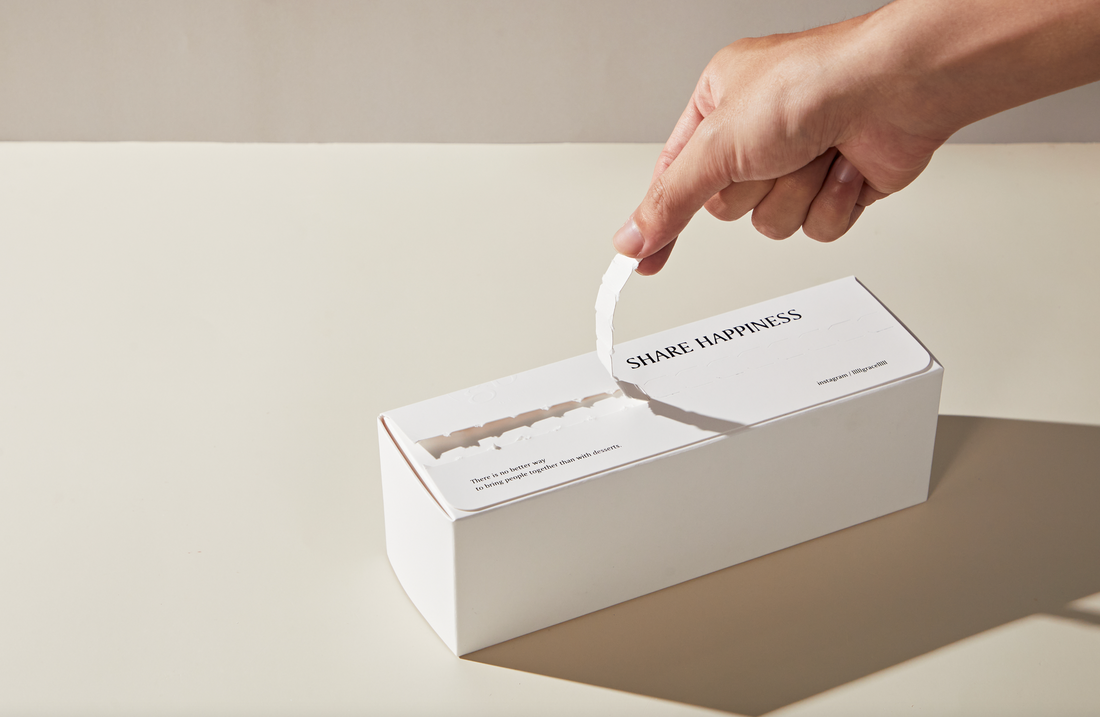When it comes to product packaging, the choice you make can significantly impact your brand's success. Packaging not only protects your items during transit but also serves as a vital marketing tool that attracts customers and enhances their unboxing experience. In this ultimate guide, we will explore various types of packaging materials and styles, along with tips on how to select the best option for your products.
Understanding Packaging Materials
1. Cardboard Packaging
Cardboard is one of the most commonly used packaging materials. It's lightweight, durable, and versatile, making it suitable for a wide range of products. Branded postal boxes, for instance, are often made from cardboard, come in various thicknesses and can be easily customized with prints, colors, and branding elements. It is ideal for e-commerce businesses looking to ship products securely while maintaining a professional appearance.
2. Corrugated Packaging
Corrugated packaging is made from layers of cardboard, providing extra strength and protection. This type of packaging is perfect for heavier items or products that require additional cushioning during shipment. Corrugated boxes are also recyclable, making them an eco-friendly choice for environmentally conscious brands.
3. Rigid Packaging
Rigid packaging, also known as setup boxes, is made from thick paperboard and does not fold flat. It offers a premium feel and is often used for luxury items such as cosmetics, electronics, and gift items. Rigid packaging can be customized with various finishes, such as embossing or foil stamping, to enhance visual appeal.
4. Mailer Packaging
Mailer packaging is designed specifically for shipping and is an excellent choice for e-commerce businesses. These packages are easy to assemble and often come with self-sealing features, reducing packaging time. A lot of companies opt for sustainable mailer boxes that are made from recycled materials to align with sustainable practices.
5. Eco-Friendly Packaging
With a growing emphasis on sustainability, eco-friendly packaging made from biodegradable or recycled materials is gaining popularity. Examples for this type of packaging include compostable satchels and biodegradable postage bags which reduces environmental impact and resonates with consumers who prioritize sustainable practices.
Choosing the Right Packaging
1. Consider Product Dimensions and Weight
Start by assessing the size and weight of your products. Ensure that your packaging provides adequate protection without being excessively large, which can increase shipping costs.
2. Brand Identity
Your packaging should reflect your brand's identity and values. Consider the colors, materials, and designs that align with your brand image. For example, a luxury brand may opt for rigid packaging with elegant finishes, while a sustainable brand might choose packaging from recycled materials with minimalistic designs, or personalised postal boxes to enhance brand recognition.
3. Functionality
Think about the functionality of your packaging. Will it need to withstand long shipping times? Does it require insulation for temperature-sensitive products? Ensure that the packaging you choose meets all functional requirements to effectively protect your products.
4. Customization Options
Customization can set your packaging apart from competitors. Explore options for adding your logo, brand colors, and unique designs. Bespoke printed boxes, for instance, not only enhances brand recognition but also creates a memorable unboxing experience for customers.
5. Cost Considerations
Finally, consider your budget. While it’s essential to invest in quality packaging, it’s equally important to remain cost-effective. Compare prices from different suppliers and look for bulk order discounts to maximize your investment.
Conclusion
By understanding the various materials and styles available, and considering factors like product dimensions, brand identity, and functionality, you can make an informed choice that enhances your product's appeal and protects it during delivery. Remember, effective packaging is not just about utility; it’s also about creating a lasting impression.

